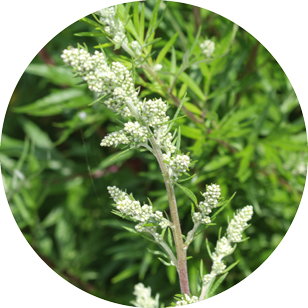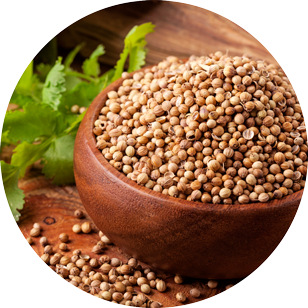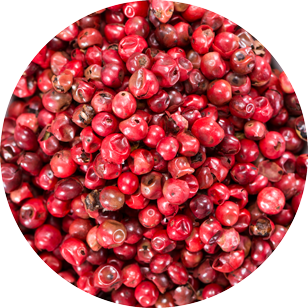The History
1798
The first appearance in the dictionary of the word Vermouth, which derives from the German Wermut meaning “wormwood”, or “absinthe”.
18th Century
Is when the custom of serving this type of drink as an aperitif began in the Italian Piedmont: Italian Vermut “aperitif of white wine flavored with herbs”. The original vermouths were extremely bitter because of the quantity of lemon balm, and became products recommended by doctors for their purgative and vermifuge qualities.
1786
It was therefore thanks to the Italians that vermouth developed, and notably Carpano who established his production in Turin in 1786 using a recipe gleaned from his grandmother who had obtained it from a Bavarian monk. He followed in the footsteps of Antonio Cinzano, known as a “producer of elixirs” from 1568. In 1757 the Cinzano company set up in Turin.
1800
At Marseillan in the south of France, Joseph Noilly invented a good recipe and experienced great success with the first French dry vermouth.
1821
When it is attributed the birth of the veritable vermouth of Chambery to the distiller Chavasse, creating fierce competition for the vermouth of Turin for a time.
1840
Gaspare Campari and Alassandro Martini, both liqueur experts in the famous bars of Turin, founded their own establishment to make a vermouth from a family recipe.
Later, Gaspare Campari was to make a great reputation for himself in Milan with his bitters.
Lillet also became very famous in Bordeaux.








